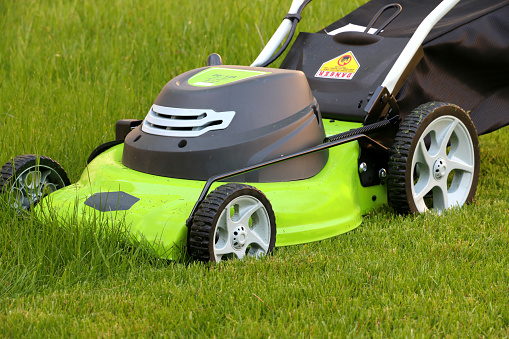Top 10 Issues to Consider When Choosing an Inground Swimming Pool
Swimming pools provide a great way to cool off, exercise, and spend time with friends and family in the comfort of your own backyard. But before you dive in, there are important factors to consider when choosing the type of pool that is right for you. Whether you are leaning towards a traditional pool or a salt water pool with an electrolytic salt generator, each option has its own set of pros and cons to weigh. In this blog post, we will go through the top 10 issues you should be aware of when thinking of an inground swimming pool and compare traditional pools with salt water pools with electrolytic salt generators. We will also provide popular brand recommendations for the supplies and equipment needed for each type of pool. By the end, you will have a better understanding of what to look for when making your decision, and we will give our final recommendation on which technology is the best choice.
Traditional Pools:
- Chlorine maintenance: requires regular monitoring and adjustment to maintain safe levels of chlorine in the water. This involves testing the water and adding chlorine as needed to keep the levels within a safe range. If the levels are too high or low, it can affect the effectiveness of the chlorine and potentially harm swimmers. Brands such as HTH, BioGuard, and Clorox offer a range of chlorine products for traditional pools.
- pH balance: The pH level of the water in a traditional pool must be tested and balanced regularly to ensure proper chemical effectiveness. If the pH level is too high or low, it can affect the effectiveness of the chlorine and other chemicals, leading to potential health hazards for swimmers. Brands such as Taylor Technologies, LaMotte, and Palintest offer a range of pH test kits and balancing products for traditional pools.
- Algae growth: Algae growth can be a problem in traditional pools if the chlorine and pH levels are not maintained properly. Algae can cause discoloration and affect the overall appearance of the pool, as well as potentially harm swimmers if not properly treated. Brands such as HTH, BioGuard, and Clorox offer algaecides and other products for algae treatment and prevention in traditional pools.
- Stains and discoloration: Traditional pools can be susceptible to stains and discoloration due to high levels of iron or copper in the water. This can be a cosmetic issue and can also affect the pH balance and chlorine levels, making it harder to maintain a safe and healthy pool environment. Brands such as Jack’s Magic and Metal Gone offer a range of stain and discoloration products for traditional pools.
- Eye and skin irritation: High levels of chlorine in a traditional pool can cause eye and skin irritation for some swimmers. This can be uncomfortable and even harmful for those with sensitive skin or eyes. Brands such as SwimEze and Aqua Leisure offer a range of eye and skin protection products for swimmers in traditional pools.
Salt Water Pools with Electrolytic Salt Generator:
- Initial cost: Salt water pools with an electrolytic salt generator can be more expensive to install than traditional pools, but they can save on long-term chemical costs. This is because the electrolytic salt generator uses salt to produce chlorine, which eliminates the need for frequent purchases of chlorine and other chemicals. Popular brands of electrolytic salt generators for salt water pools include Hayward, Pentair, and Jandy.
- Salt cell maintenance: The salt cell in a salt water pool with an electrolytic salt generator must be replaced every 3-5 years. This maintenance can be more costly than regular chemical purchases for a traditional pool, but the overall long-term costs can still be lower. Brands such as Hayward, Pentair, and Jandy offer replacement salt cells for their electrolytic salt generators.
- Salt level: The salt level in a salt water pool must be monitored and adjusted regularly for effective chlorination. If the levels are too low, the electrolytic salt generator will not work properly, and if the levels are too high, it can damage the salt cell and other pool components. Brands such as K-CHEM and Taylor Technologies offer salt test kits and salt products for salt water pools with electrolytic salt generators.
- Algae growth: Although salt water pools with an electrolytic salt generator have lower levels of chlorine and pH balance issues, algae growth can still be a problem if the salt levels are not maintained properly. Brands such as BioGuard and Clorox offer algaecides and other products
Conclusion:
Both traditional pools and salt water pools with an electrolytic salt generator have their pros and cons. It’s important to weigh these factors based on personal preferences and budget. For those who want a low-maintenance option, a salt water pool with an electrolytic salt generator may be the way to go. For those who prefer a more traditional approach, a traditional pool may be the better choice.
Expert Recommendation:
It’s important to do proper research and consult with a qualified pool expert before making a decision. A professional can provide insight and guidance on the best option for your specific needs and budget. Regardless of the type of pool chosen, regular maintenance and proper water chemistry is crucial for ensuring a safe and enjoyable swimming experience.



